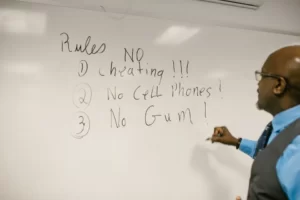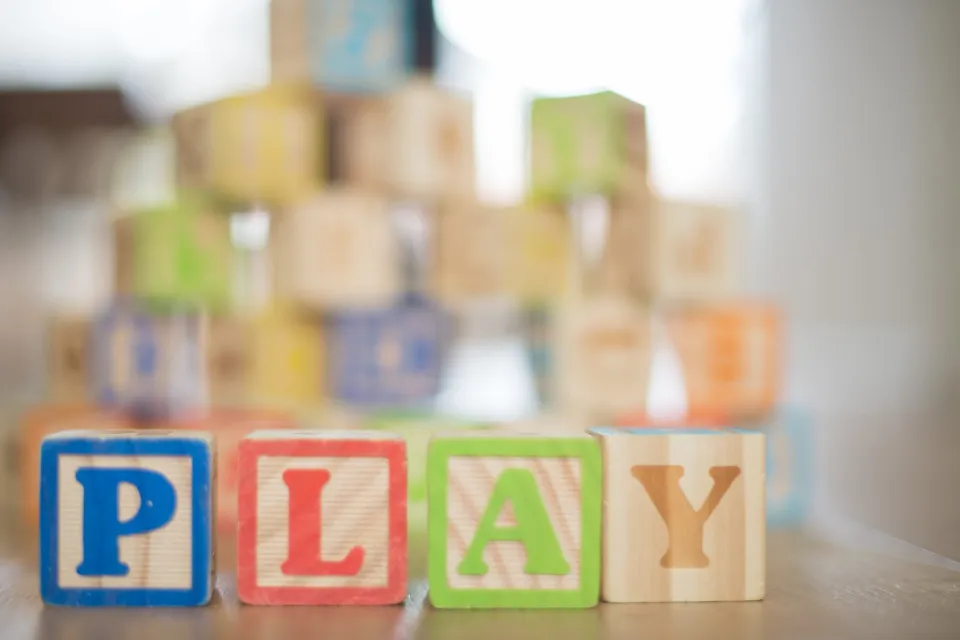
21 Effective Preschool Classroom Rules to Keep Your Classroom Flowing Smoothly
Let’s examine twenty-one rules for developing preschool classroom behavior standards for young children that are sure to foster a calm learning environment.
The floor is yours with around 21 tiny people watching you intently from the front of the class! Make a good impression now, and more importantly, lay the groundwork for the development of a positive classroom community. So which preschool classroom rules should you introduce to your students, and how should you approach them?
Classroom rules are very important. Here are a few ideas and considerations to get you started.
Preschool Classroom Rules
- Positive Language: Be sure to keep your classroom rules positive. This means that instead of saying, “You shouldn’t shout,” you should say, “Let’s use our quiet voices.” As opposed to just giving your kids a list of rules, you will have a solid list of suggestions and definitions for positive terms.
- Visual Reminders: A great way to help kids remember the explicit and implicit classroom rules is to have a poster of them in your learning space. Children will be more likely to abide by the rules if the early childhood classroom rules are prominently displayed as part of the classroom decor; one easy poster can make the entire learning environment better!
- Get Everyone Involved: Engaging your Pre-K and Preschool children in the rule-making process is one way to ensure that simple classroom rules are understood and followed. You should also get their input when it comes to rewarding children since they have a lot of insight into their own motivations.
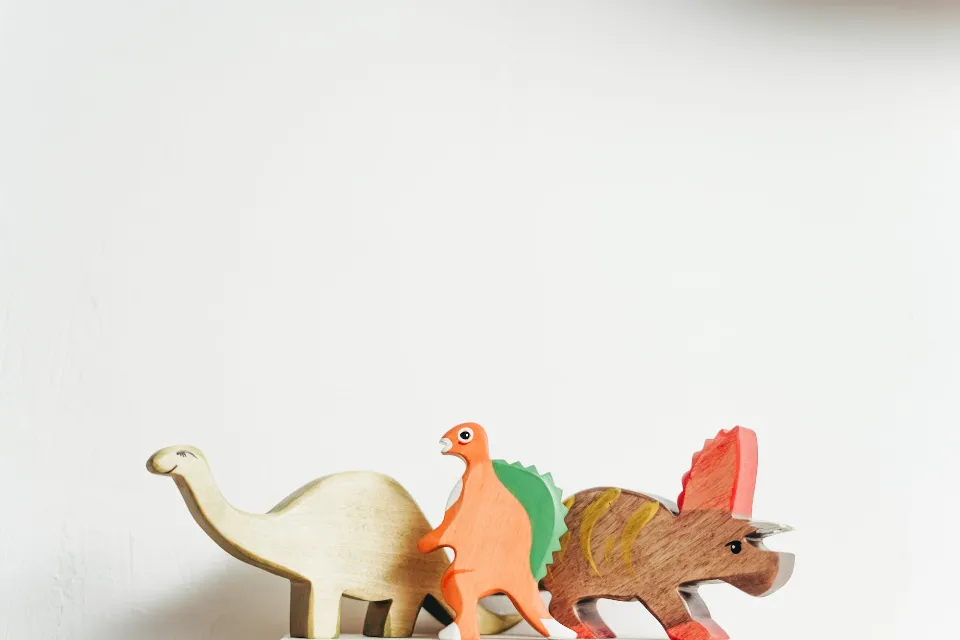
- Clear and Consistent Consequences: When establishing and communicating rules for kids, it’s crucial that they comprehend both the advantages and disadvantages of their actions. Then, it’s crucial to consistently uphold these consequences to avoid sending a confusing message to the kids and to promote a strong classroom community.
- Short, Clear Instructions: Short, concise instructions have been shown to increase student engagement in all facets of classroom management. Children are better able to contribute to a positive learning environment in the classroom when they can understand the expectations with ease.
- Incorporating Total Physical Response: This is a great way to engage students in a positive classroom environment. Total Physical Response is a teaching method that can be used to help students comprehend and retain all the classroom regulations essential for a supportive classroom environment.
- Involve Students’ Families: Ensure that all of the classroom rules are also communicated to the parents and/or guardians of your preschool students. This way, the families can reinforce the rules at home, which can help make transitions into a classroom environment much easier.
- Get Periodic Feedback: Ask the children to remind you of the rules every few months. Ask them what’s working and what isn’t. Invite a more seasoned instructor to visit your class and provide feedback. The options for getting feedback on your classroom management are endless!
- Focus on Emotional Regulation: A safe learning environment requires that emotions be managed. It’s important to teach kids about the links between self-control and classroom behavior expectations so that they can follow constructive classroom rules.
- Learn About Big Feelings: Children must be aware of their own strong emotions before they can begin to control their emotions. Preschoolers will benefit greatly from reading this series of books because they will learn to identify their strong emotions and will be more in control of their responses.
- Practice Reacting to Big Feelings: It’s time to give kids the tools they need to regulate their big emotions once they can identify them. You can impart these regulation-related skills throughout the academic year. This includes a wide variety of various methods and techniques. Beyond the classroom, their advantages will be felt.
- Meditate Together: Since they are not particularly exciting activities, kids may initially view deep breathing and meditation as a waste of time. You’ll be able to see the results of your deep breathing and relaxation techniques in a matter of weeks though!
- Talk it Out: Children should be able to express their emotions in conversation with others and develop active listening skills. In order to foster social skills that will last a lifetime, children will learn to understand both their own feelings and those of their classmates through this give-and-take.
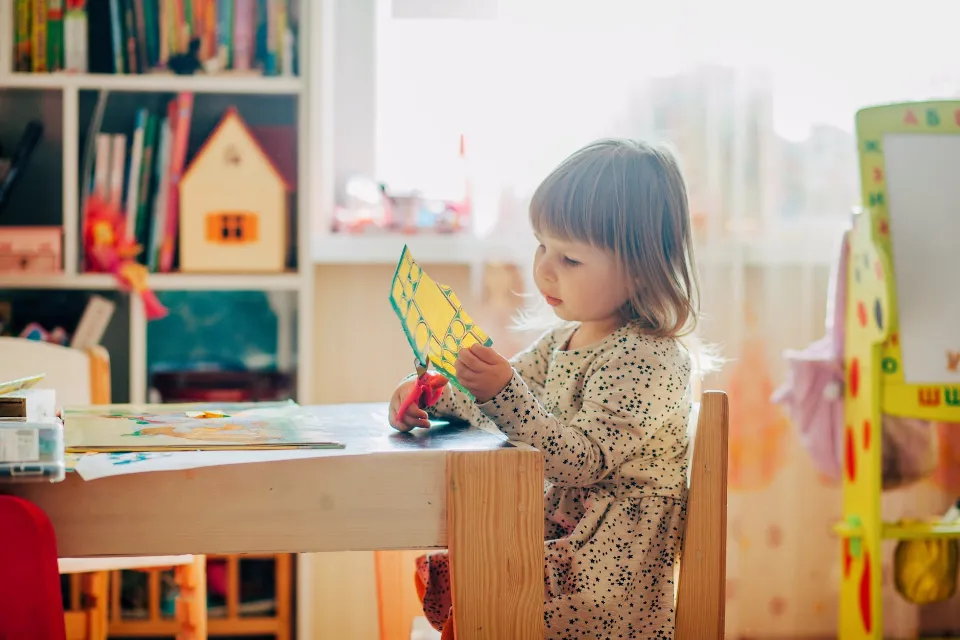
- Keep a Feelings Chart Handy: Even during a heated argument, children can use a feelings chart to identify their emotions. It’s also a concrete way to help kids understand what they’re feeling and why they’re feeling it.
- Give Out Prizes: Prizes are a fantastic way to encourage children to behave well. Having prizes on hand is a helpful way to keep kids interested in behaving well. Reward children with a fun toy or trinket when they follow the rules for the classroom.
- Use a Classroom Currency: With some printable “classroom dollars,” you can motivate preschoolers to follow the rules. Give kids this money as a reward for adhering to the rules, and then at the end of each week let them go shopping.
- Send a Behavior Log Home: Sending a behavior log home is another way to involve parents and families. In this way, parents are able to stay informed about how their children are progressing during the school day. Additionally, this may involve parents in the process of behavior modification.
- Offer Age-Appropriate Explanations: It’s crucial to explain to children why their misbehavior was wrong when they act out. However, it’s equally crucial that the child be able to comprehend what they did incorrectly and how it affected those around them. Age- and level-appropriate explanations are crucial for effective classroom management because of this.
- Don’t Tattle on Friends: While adhering to the rules is crucial, it’s also critical to treat our friends and students with grace. For this reason, preschoolers should understand the distinction between helping friends stay safe and gossiping about friends. Kids should be taught how to avoid tattling at a young age because it is a bad way to interact.
- Have Fun: Kids are having a good time, which unites all the best classroom management strategies. Children are more likely to have fun and comply with the classroom rules when they enjoy the learning environment, feel safe, and are aware of the boundaries.
- Keep It Simple: Rules should be short and easy to comprehend. Keep them to a minimum by sticking to no more than 4-5 “golden” rules. Instead of using complex language that might confuse preschoolers, simplifying them will help you make sure that you are effectively communicating with your students.
How to Explain and Introduce Rules into the Classroom?
Include the students once you are clear on the strategy and illustrations you want to employ! If kids feel like they helped create the rules, they’ll be more likely to follow them. As they all actively participate together in the creation of the rules, they will feel a greater sense of ownership and responsibility, fostering and strengthening the classroom community.
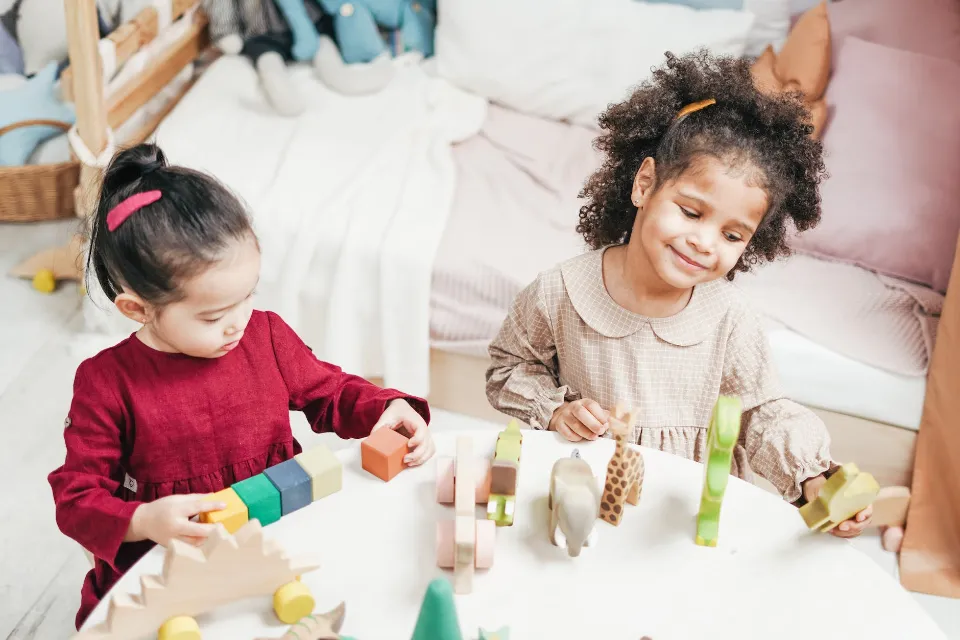
Get Students Involved
It’s time to co-create the classroom rules with your preschoolers as your first lesson. Keep a handy list of ideal rules on hand, and direct the students accordingly. The more the kids participate, the more likely they are to follow the rules; this is why participation is so important. Additionally, this activity ought to assist students in settling into their new surroundings, and you might learn a little bit about the personalities of your new students as a result!
Explain Each Rule
After settling on a predetermined list of rules as a group, go over each one one by one to reinforce it. Give examples and an explanation of why that particular rule is necessary. This enables children to understand exactly what they should or shouldn’t do so that they can begin to associate specific behaviors with each rule.
Display Your Classroom Rules
Upon finalizing your rules and corresponding visuals, display your masterpiece in the classroom! By having a constant visual presence, you can easily reference the rules in the future and reinforce your teachings on a daily basis.
How to Enforce Classroom Rules?
As all teachers know, enforcing classroom rules is an ongoing effort. Children will act out and push the limits, but by proactively incorporating lessons on rules, you can reinforce them to your students and maintain a structured and secure learning environment.
Incorporate Stories
Read and discuss books with relatable characters such as Max, who breaks the rules in Where the Wild Things Are. As you’re reading together, encourage children to share their experiences with rules and consequences related to this subject. This will serve as an example for your lessons and assist students in averting similar circumstances.
Use Positive Reinforcement
The classroom environment needs to emphasize positivity at all times. Don’t be negative when enforcing the rules. Gently remind kids of the classroom rules poster when they break the rules.
Never should a child feel bad about themselves; instead, they should have their choices and bad behavior redirected. Taking the extra one-on-one time with your student will go far in building their confidence and self-esteem and work towards preventing repeat offenses.
Conclusion: Preschool Classroom Rules
For younger students, following the rules is crucial. They need to understand what they can and cannot do. These classrooms have examples of all kinds of rules and how they teach them to their students!

